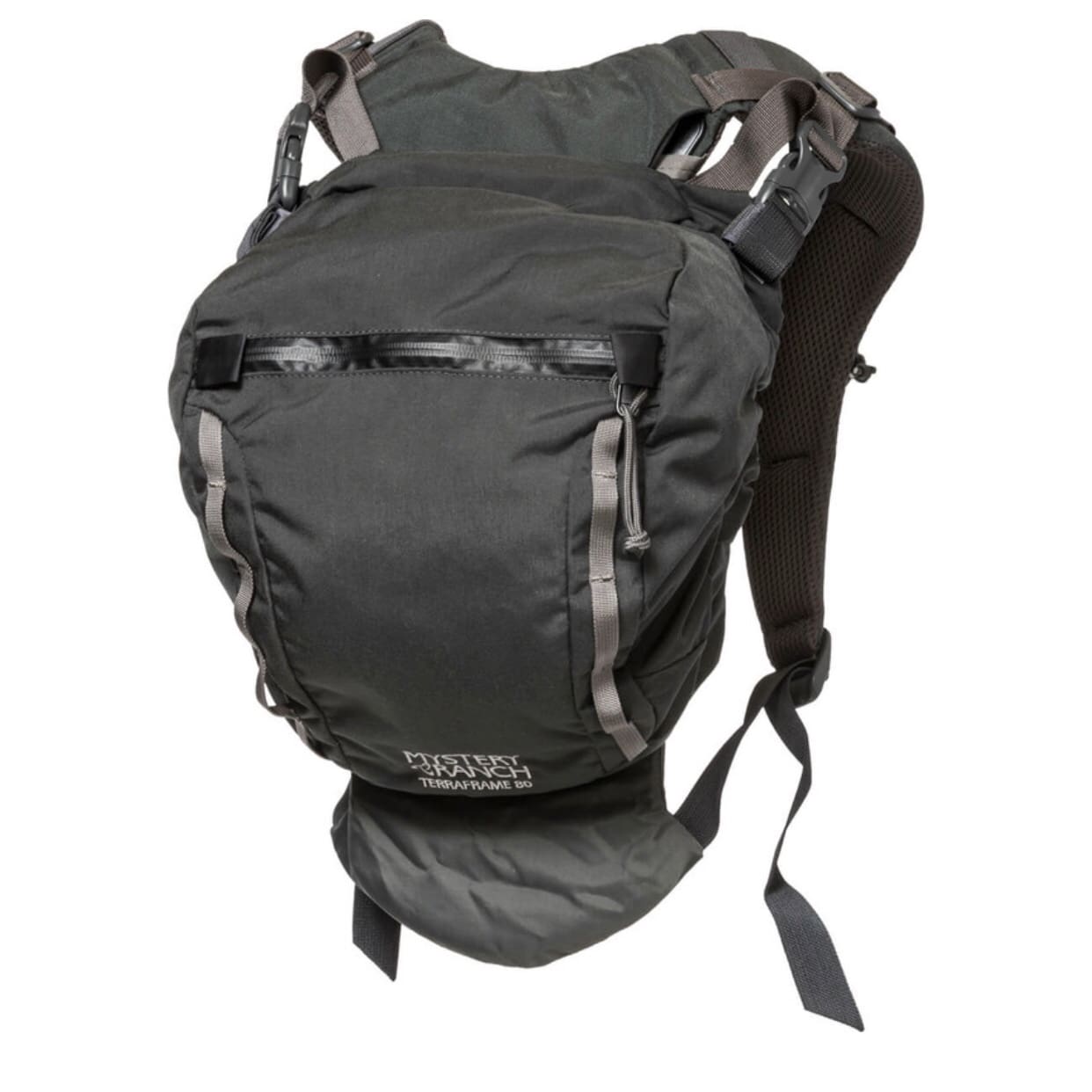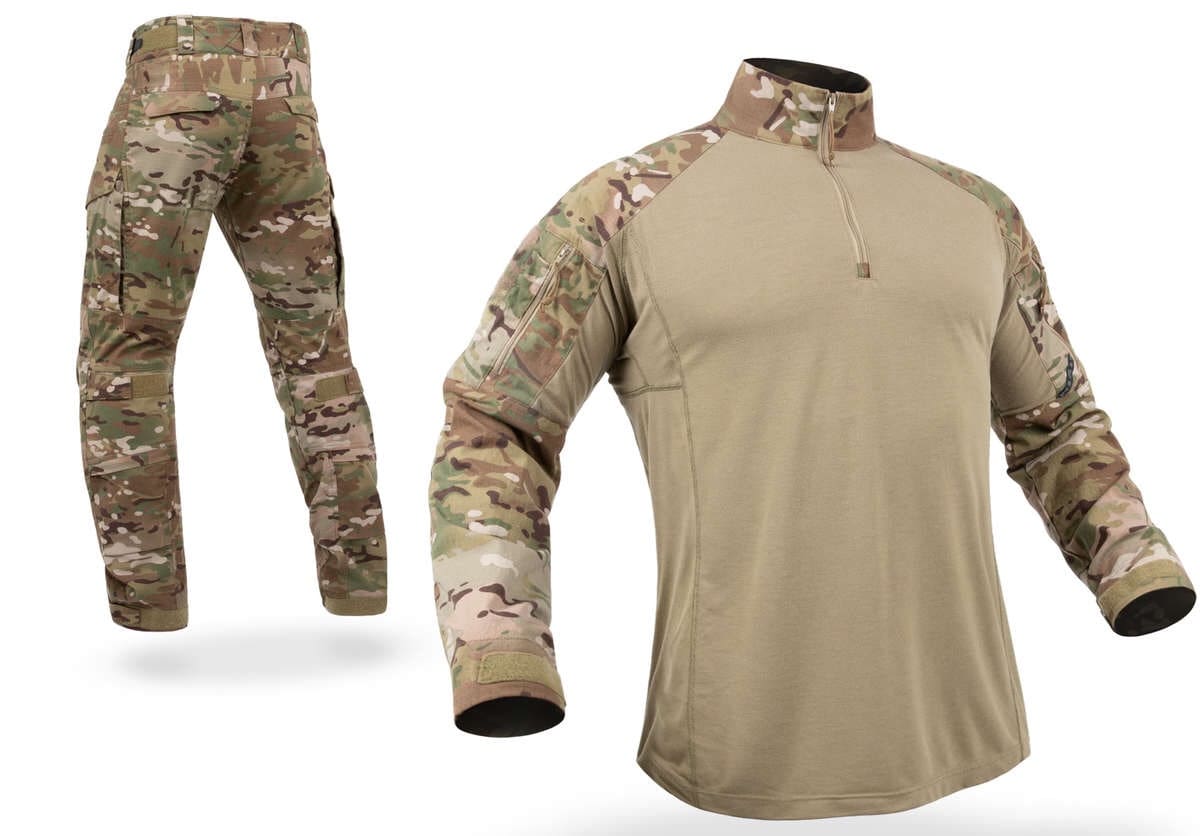Available now for pre-order, “Special Operations & Special Mission Aircraft” by Christian Rastaetter and edited by Sören Sünkler.

With special emphasis on airdrop, you’ll learn the basics of airborne counterinsurgency (COIN), special forces mobility, electronic warfare, tactical and strategic airlift, and psychological warfare.
Contents:
002 introduction
010 counter insurgency (COIN) from the air: special aircraft for tactical support of special forces on the ground – introduction
018 Paramount Group AHRLAC / Mwari / Bronco II
024 Air Tractor IOMAX AT-802 Archangel / L3 AT-802L Longsword / THRUSH 510G T-Bird
033 Beechcraft AT-6 Texan II / AT-6B Wolverine
042 Cessna AC-208 Combat Caravan / ORBITAL ATK AC-208B Eliminator
046 Embraer Emb-314 / a-29 super tucano
062 Pilatus PC-6 / PC-7 / PC-9 / PC-12 / PC-21
086 textron air land scorpion
076 transport aircraft for special tasks (Multi Mission / special mission aircraft) – Introduction
080 Lockheed Martin C-130 Hercules
106 Textron Cessna 208 Grand Caravan EX
108 Beechcraft King Air 350
116 mlw emb KC-390
126 dornier do 328 / C-146 a wolfhound
130 pzl m-28 breeze / C-145 a skytruck
140 facets of electronic and psychological warfare from air – introduction
143 electronic warfare and reconnaissance from air / Airborne C4ISR
164 psychological warfare & propaganda from air / airborne psyops
174 armed transport aircraft to support special forces on the ground (gun ships)
178 Lockheed Martin AC-130 / KC-130
202 Douglas AC-47 spooky / Basel Bt-67 fantasma
207 AIRBUS ORBITAL ATK ACC-235 / AIRBUS ACC-295
219 Leonardo Computer-27 J p
226 Antonov to-72 p
229 of and actuators for special mission aircraft
244 case study: COIN aircraft in bush – example Colombia
250 case study: electronic warfare to support SOF elements in Afghanistan and Iraq and Syria – example task force Odin
253 glossary
256 imprint
Price: 44 euro
ISBN 978-3-9815795-7-4
Delivery begins on 7 December, 2018.
Contact: Bestellung@K-Isom.Com


































































































































